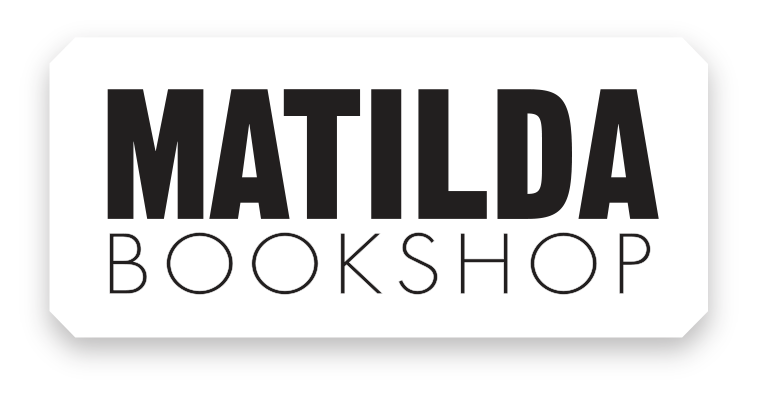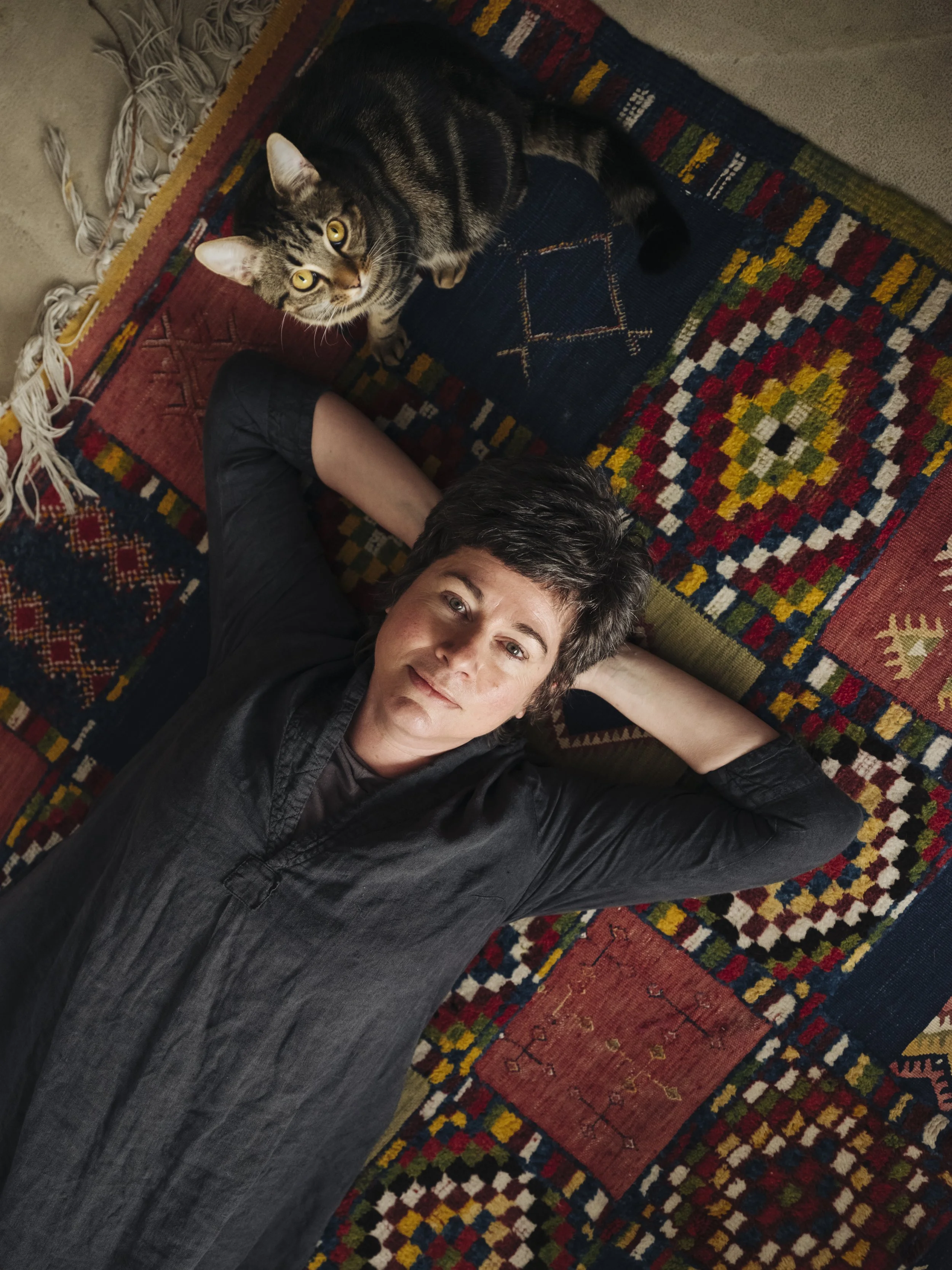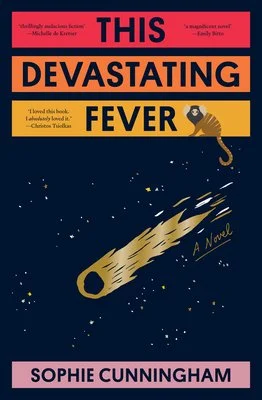
Sophie Cunningham AM is the author of seven books, across multiple fiction and nonfiction, children and adults and include City of Trees – Essays on life, death and the need for a forest, and Melbourne. She is also editor of the collection Fire, Flood, Plague: Australian writers respond to 2020. Sophie’s former roles include as a book publisher and editor, chair of the Literature
1.Why do you tell stories?
It’s a compulsion. I have no choice.
2. Describe This Devastating Fever in one (or two) sentence(s).
A writer struggles to finish a novel about Leonard and Virginia Woolf during the early days of the COVID-19 pandemic and finds herself haunted by the characters she’s writing about.
3. In the opening of the novel, Virginia and Leonard dress up as ‘fiction’ and ‘nonfiction’ and set off to a party. Is it freeing to write in the porous place between those forms?
I still felt beholden to facts when I began This Devastating Fever. An enormous amount has been written about or by both Leonard and Virginia Woolf as well as their friends, and I couldn’t — or perhaps I mean I chose not to — pretend that this material wasn’t in the public domain. That meant I’d given myself a very tricky task. I ultimately tried to write fiction into the cracks between the facts. Certainly I would say that I find writing fiction far more difficult than writing non-fiction. I think that is because you are trying to imagine your way into a deeper version of the truth than that ‘facts’ suggest. You work to imagine how your characters felt, rather than what they did. Otherwise you’re just rewriting other people’s research. So, to answer the question, yes, it is extremely freeing to write in the porous place between these two forms.
3a. Explain for us the impact on the creative process of living in a totally locked-down world?
The times are a reminder that we (humans, the planet) are running out of time. We need to live as if there is no tomorrow. For me, during lockdown, that meant seeing a project that was important to me through to completion. This is all by way of saying that I think art, love, nature, history and writing, are what sustain me: they are what sustain many of us. I actually wrote/finished four books during lockdown (two kids books, a book about the RBGV called Wonder, and This Devastating Fever) as well as editing one. I’ve never worked so hard. Art, however you define it, gives us the tools to understand what is unfolding around us. Perhaps that is why I managed to finally pull this long-lived project together through the lockdowns. Lockdown also gave me more perspective. I suddenly knew exactly what it might feel like to be living inside history rather than watching it, or studying it, from afar. That helped me find the voice of the novel.
4. It feels like this is one of those books that is about everything: art, pandemics, human and animal bonds, climate change, colonialism, love and sex. Do you still believe in the power of literature to help us understand a world in which all these multitudes co-exist? What did writing this book teach you about yourself?
There are many of reasons I began this book, most notably an interest in the history of colonialism and its relationship to the environment, as well as an interest in sexuality, intimacy and creativity. I first read Leonard Woolf when I visited Sri Lanka in 2005. He can be a terrific writer: very honest, vivid and surprisingly modern. So I kept reading and the more I read about Leonard and his wife Virginia’s time, the more I saw history repeating. With the election of Donald Trump, my experiences with caring for family and then the COVID-19 pandemic, the parallels continued apace. The more I read the more I felt a connection with the man: I was impressed by his political prescience, his role as carer, his love of animals, his excellence as a gardener, his love of Virginia, his love of Sri Lanka. I’m not sure if I think reading literature necessarily helps us understand these things, but writing a book certainly helped me understand those things. Well, not exactly understand as there are some things there is no understanding. Perhaps I mean writing the book helped me accept some of the horrors of history, and the present, and helped me focus on what was next rather than what has come before. Writing this book taught me so many things: don’t worry what other people think (as far as this is ever possible!), take the time you need to bring a project to life. The world doesn’t needed a half-cooked book. (I realise that metaphor could go anywhere — the world doesn’t need an over-cooked book either!) And it taught me that good ideas and good writing are not in themselves, a novel. I think before I wrote This Devastating Fever I thought it was that simple.
5. Leonard Woolf appears to the reader in many forms in this book. Was it a particular challenge to make the partner of a considerably more famous author, into the central character? Leonard and Virginia’s voices are rendered vividly—can you talk about the process of transforming your research/primary sources/archive material so glitteringly onto the page?
Yes, it was challenging . Leonard was not nearly as entertaining as his wife in real life, though the earlier sections of the novel, the ones set in Ceylon, came quite easily as Leonard’s writings from that time are so vivid. After that it became trickier. I read everything I could, including primary resources like letters and diaries. I also read lots of biographies of various members of the Bloomsbury set including Leonard and Virginia as well histories (of wars, of the 1919 flu epidemic). Significantly I have read all of Michael Ondatjee’s books several times over as well as Geoff Dyers’ Out of Sheer Rage, which struggled with some of the same things my novel struggled with. I travelled to the places the novel is set — Sri Lanka, Sussex, London, Bundanon, Bloomington — and walked alot once I got there. I haunted the sites the novel is set, if you like. Then I got distracted and did other work and wrote other books. When I went back to the material, around 2018, the more contemporary (imaginary and ghost) voices just emerged. So perhaps the shortest way of answering this question is to say that time is how I did it. It took alot of time, and time allowed the voices and the research fall into place.
6. Did you always plan to write this novel swinging vertiginously between the past and the present, or like your protagonist Alice, also a writer, did you reckon with how to structure this novel?
I did not always plan to do that at all, I planned to cut between England and Ceylon. Alice, my contemporary character, only joined the party in the final drafts. But the more I pondered the parallels between the times Leonard Woolf lived through and the times we’ve been living through, the more I thought that having a contemporary character would allow me to highlight the connections I was seeing. The Alice character really helped me wrestle, within the pages of the book itself, with the challenges of the project. Questions such as: Is it possible to bring two of the most documented literary figures in western history to life? Can you impose a plot on lives already lived? What is the difference between fiction and nonfiction when it comes down to it? I also wanted to capture what it was like to live with the traumas that life throws at us while also trying to pursue a creative life.
7. Adelaide and the River Torrens often feature in your work—can you tell us about your interest in or connection to those places?
I visited Adelaide fairly regularly while writing the book — I really like Adelaide! — and then I found references to the River Torrens when I was doing the research and the coincidence of that was too much for me. I became determined to try and capture the sense of serendipity and connectedness that often happens when you write.
8. When and where do you write?
I don’t have a set routine. Mainly in bed, first thing, or in libraries and offices around the place (or, more recently, at the Abbotsford Convent, where I have an office). But the final stages of the book were written in lockdown — so working from bed, through winter, in country Victoria.
9. What are three things that sustain you as an author, or while you’re writing?
The act of writing itself sustains me. Going for long walks sustains the writing. Talking to fellow writers also keeps me going. So: the work, walks, and friendship.
10. Name three books that you couldn’t live without.
There are no three books I couldn’t live without. But I can tell you three books that were essential to this novel. Leonard Woolf by Victoria Glendinning, Anil’s Ghost by Michael Ondaatje, Out of Sheer Rage by Geoff Dyer and The Village in the Jungle by Leonard Woolf. Okay, that was four books, but I don’t think I can narrow it down from there.


